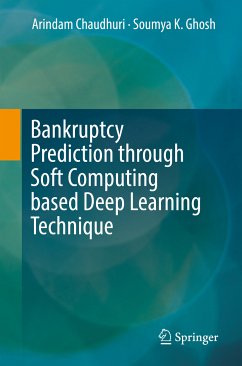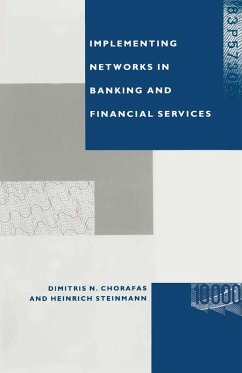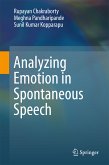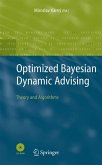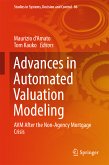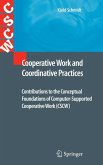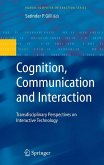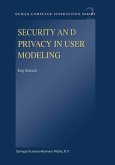The book alsohighlights the fact that misclassification can result in erroneous predictions leading to prohibitive costs to investors and the economy, and shows that choice of cut-off point and sampling procedures affect rankings of various models. It also suggests that empirical cut-off points estimated from training samples result in the lowest misclassification costs for all the models. The book confirms that FRTDSN-HRB achieves superior performance compared to other statistical and soft-computing models. The experimental results are given in terms of several important statistical parameters revolving different business cycles and sub-cycles for the datasets considered and are of immense benefit to researchers working in this area.
Dieser Download kann aus rechtlichen Gründen nur mit Rechnungsadresse in A, B, BG, CY, CZ, D, DK, EW, E, FIN, F, GR, HR, H, IRL, I, LT, L, LR, M, NL, PL, P, R, S, SLO, SK ausgeliefert werden.
Hinweis: Dieser Artikel kann nur an eine deutsche Lieferadresse ausgeliefert werden.

